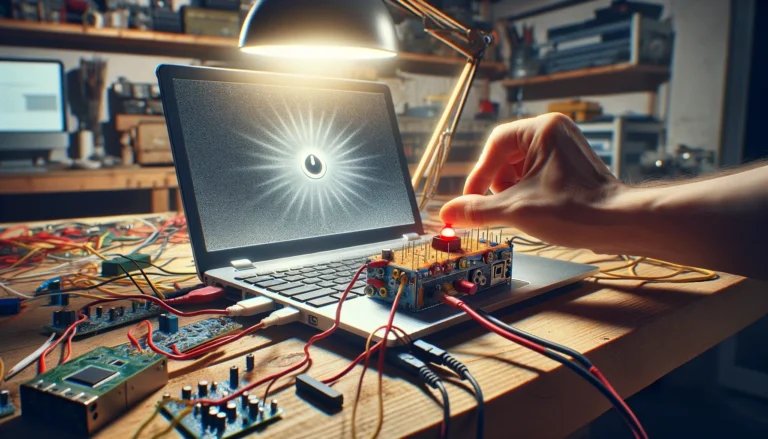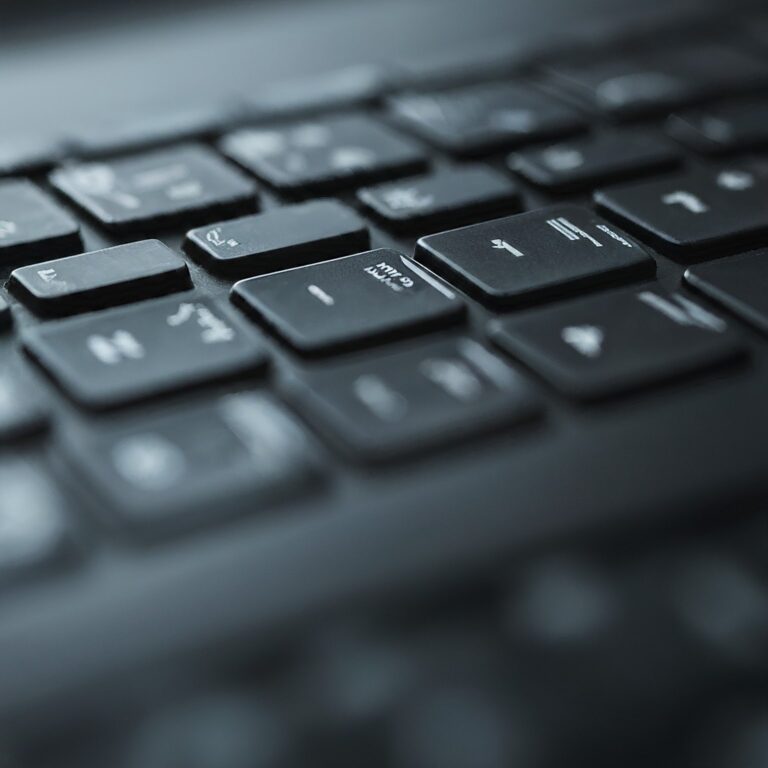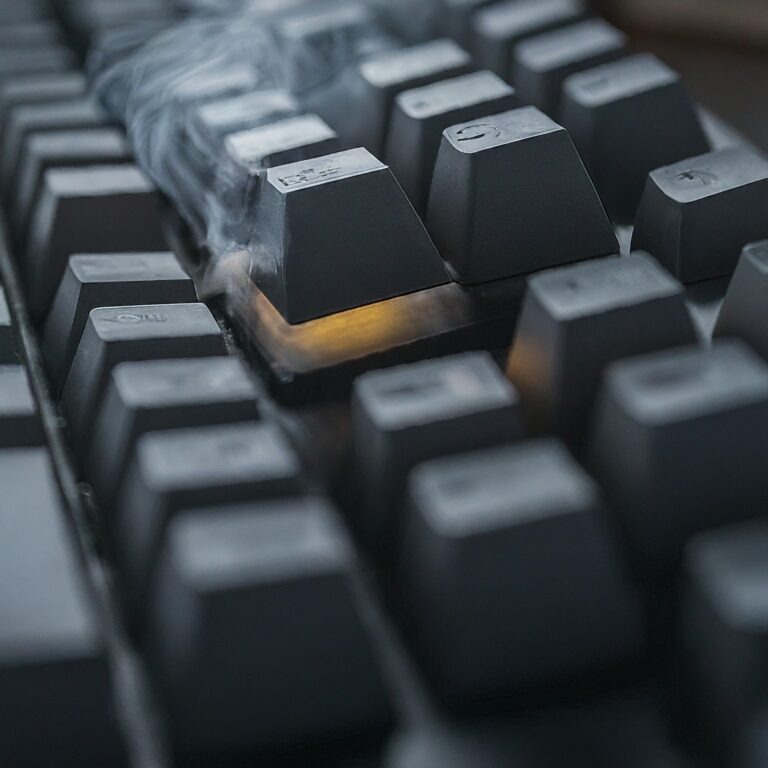Keeping your laptop cool without a cooling pad involves several effective strategies that enhance airflow and reduce heat generation. These methods are not only practical but also easy to implement, ensuring your laptop operates within safe temperature ranges, thereby extending its lifespan and maintaining optimal performance.
Introduction
Ensuring your laptop remains cool during use is crucial for maintaining its performance and longevity. While cooling pads are a popular solution, there are numerous alternative methods to prevent your laptop from overheating. These strategies range from optimizing your working environment to adjusting your laptop’s settings and usage habits. Implementing these can help you manage your laptop’s temperature effectively, even without a cooling pad.
Understanding the importance of keeping your laptop cool is key to preventing performance throttling, hardware damage, and potential data loss. This guide will explore practical and accessible methods to achieve optimal cooling for your laptop.
Key Takeaways
- Elevate Your Laptop: Raising the laptop slightly can improve air circulation underneath, which is crucial for cooling.
- Clean Air Vents: Regularly cleaning your laptop’s air vents prevents dust accumulation that can block airflow and increase temperatures.
- Limit Resource-Intensive Tasks: Avoid running multiple heavy programs simultaneously to reduce CPU and GPU workload, which generates heat.
- Adjust Power Settings: Utilize power-saving modes to minimize heat production by limiting hardware performance.
- Use External Fans: Strategically placing a standard fan near your laptop can enhance air movement around it, aiding in cooling.
- Environmental Considerations: Keep your laptop in a cool, well-ventilated area away from direct sunlight and heat sources.
Strategies for Keeping Your Laptop Cool
Elevating the Laptop
Use a sturdy object or a laptop stand to elevate your laptop, ensuring the bottom has ample space for air circulation. This simple step can significantly improve cooling efficiency.
Cleaning Air Vents and Fans
Dust and debris can clog air vents and fans, hindering their ability to cool the laptop effectively. Regular cleaning, using compressed air or a soft brush, can help maintain optimal airflow.
Optimizing Software
Closing unnecessary programs and tabs reduces the strain on your laptop’s CPU and GPU, thereby lowering heat generation. Regular software updates and using lightweight applications can also contribute to cooler operating temperatures.
Adjusting Power Settings
Many laptops offer power management settings that can be adjusted to reduce heat output. Switching to a battery-saving or balanced mode can limit hardware performance, preventing excessive heat generation.
Utilizing External Fans
Positioning a desk fan to blow air towards your laptop can enhance external cooling, especially in warmer environments. This can be particularly effective during heavy usage or on hot days.
Maintaining a Cool Environment
Keeping your laptop in a cool, air-conditioned, or well-ventilated room helps prevent overheating. Avoid using your laptop in direct sunlight or near other heat sources.
Additional Cooling Tips
Thermal Management Software
Use software solutions that monitor and control your laptop’s temperature, allowing you to adjust fan speeds or set thermal alerts.
Hardware Upgrades
Consider upgrading to an SSD if you’re currently using an HDD, as SSDs generate less heat. Adding more RAM can also help distribute the workload more efficiently, reducing heat production.
Regular Maintenance
Periodically check for and remove malware, as it can cause your laptop to work harder and heat up. Keeping your operating system and drivers up to date can also improve thermal performance.
Conclusion
Keeping your laptop cool without a cooling pad is achievable through a combination of proper placement, regular maintenance, and software optimization. Elevating your laptop, ensuring clean air vents, and managing resource-intensive tasks effectively are key measures. Additionally, adjusting power settings and maintaining a cool operating environment can significantly contribute to reducing overheating risks. By implementing these strategies, you can enhance your laptop’s performance and extend its lifespan, even in the absence of a cooling pad.
FAQ
How often should I clean my laptop’s vents and fans?
It’s recommended to clean them every 6 to 12 months, but this may vary based on your environment and how frequently the laptop is used.
Can I use software to control my laptop’s fan speed?
Yes, there are software tools available that allow you to monitor temperatures and adjust fan speeds manually, although it’s important to use these cautiously to avoid overheating.
Does reducing screen brightness help keep my laptop cool?
Lowering screen brightness can slightly reduce your laptop’s overall power consumption, which in turn can help in minimizing heat generation.
Is it bad to use my laptop on a bed or a couch?
Using your laptop on soft surfaces can block air vents and restrict airflow, leading to increased temperatures. It’s best to use it on hard, flat surfaces.
Can adding more RAM reduce overheating?
Adding more RAM can help distribute the workload more efficiently, potentially reducing the demand on the CPU and decreasing heat production.
- Is It OK to Clean Laptop Keyboard With Wet Wipes? - March 19, 2024
- How Long Does it Take For a Completely Dead Laptop to Charge? - March 18, 2024
- How Do You Fix a Computer That Won’t Turn on But Has Power? - March 18, 2024






